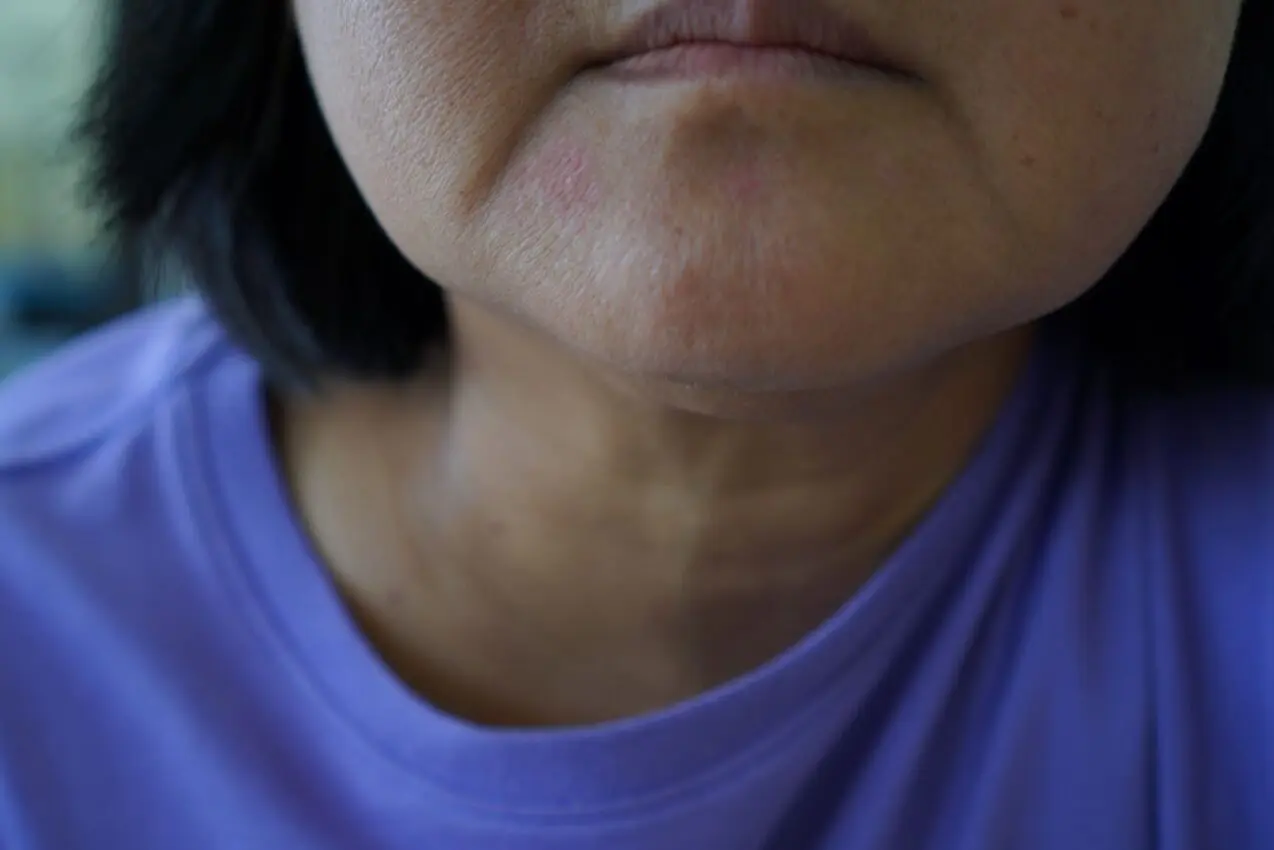A Denver-area dermatologist is shedding light on the microscopic inhabitants that make their home on human faces, specifically addressing a species of eight-legged mites that reside in our skin's follicles and oil glands.
Board-certified dermatologist Dr. Scott Walter has launched an educational campaign about Demodex mites, demonstrating their presence through simple at-home detection methods. Using clear packing tape applied to his face, Walter revealed these tiny organisms under microscopic examination, discovering what he described as a mite with a "full belly."
Research indicates that nearly all adults host these microscopic arthropods, with two primary species affecting humans. Demodex folliculorum, measuring approximately one-third of a millimeter, predominantly inhabits facial hair follicles, particularly around the eyelashes and eyebrows. Its smaller relative, Demodex brevis, spans less than a quarter of a millimeter and dwells primarily in oil glands.
"Demodex are little, tiny mites that live inside our hair follicles and oil glands — and get this, they come out at night to eat our dead skin cells and mate," Walter explained in a recent TikTok presentation. He noted that these creatures possess primitive eyes that enable them to detect light, influencing their nocturnal behavior.
The mites exhibit unique biological characteristics, including their inability to excrete waste due to their anatomical structure. "Demodex mites do not poop because they do not have the other end, so they just eat and eat and eat," Walter stated.
According to scientific studies, these organisms typically survive for about two weeks. Their life cycle begins with eggs laid within follicles or oil glands, hatching after three to four days, followed by development to adulthood within approximately one week. Upon death, their bodies decompose within the same structures where they lived.
While these mites show higher prevalence in older adults and lower numbers in children under age five, transmission can occur through direct contact with hair and eyebrows or shared personal care items such as makeup brushes, tweezers, and eye cosmetics.
Though most individuals remain asymptomatic and unaware of their presence, Demodex mites have been associated with various skin conditions. Mark Sandeman, honorary professor at Federation University Australia, notes their potential connection to rosacea, acne, and dermatitis and possible impacts on vision and eyelid health.
"Controlling such reactions might be as easy as limiting mite numbers with a wash or treatment prescribed by a medical professional — just know that entirely getting rid of our mite friends is probably impossible," Sandeman wrote in a 2022 article for The Conversation.
Medical professionals recommend consulting a healthcare provider if individuals experience eyelid inflammation or other persistent skin conditions that might be related to these microscopic organisms.

 Working Well: Returning to the office can disrupt life. Here are some tips to navigate the changes
Working Well: Returning to the office can disrupt life. Here are some tips to navigate the changes
 India considers cutting personal income tax to lift consumption, sources say
India considers cutting personal income tax to lift consumption, sources say
 Russia arrests 4 suspects accused of plotting to kill top military officers on Ukraine's orders
Russia arrests 4 suspects accused of plotting to kill top military officers on Ukraine's orders
 More than 10,000 migrants died this year trying to reach Spain by sea, aid group says
More than 10,000 migrants died this year trying to reach Spain by sea, aid group says
 China's Xi sends condolences over Azerbaijan Airlines plane crash
China's Xi sends condolences over Azerbaijan Airlines plane crash
 Japan's Nippon Steel extends closing date for U.S. Steel acquisition
Japan's Nippon Steel extends closing date for U.S. Steel acquisition
 Azerbaijan observes day of mourning for air crash victims as speculation mount about its cause
Azerbaijan observes day of mourning for air crash victims as speculation mount about its cause
 Kazakhstan's senate chief: cause of Azerbaijan Airlines plane crash unknown for now
Kazakhstan's senate chief: cause of Azerbaijan Airlines plane crash unknown for now
 Durant and Beal score 27 points each, Suns beat Nuggets 110-100 to close out Christmas slate
Durant and Beal score 27 points each, Suns beat Nuggets 110-100 to close out Christmas slate
 Discover the hidden world of Demodex mites living on your face. Learn about these microscopic skin inhabitants, their habits, and potential health impacts from a Denver dermatologist's eye-opening research.
Discover the hidden world of Demodex mites living on your face. Learn about these microscopic skin inhabitants, their habits, and potential health impacts from a Denver dermatologist's eye-opening research.






